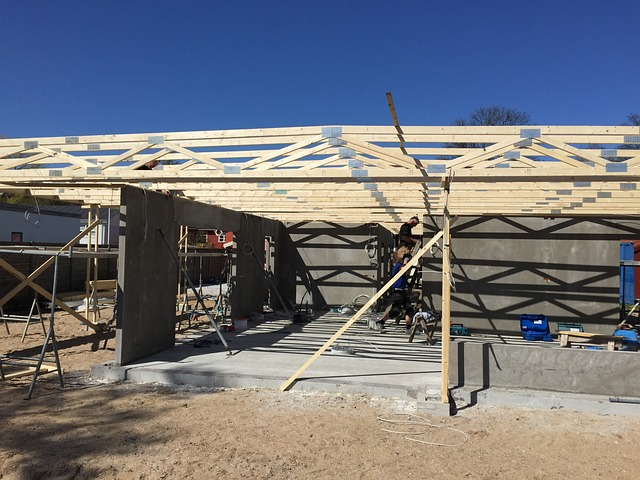
When installing a commercial flat roof, making an informed decision is crucial for ensuring the roofing system’s longevity, durability, and efficiency. This article delves into the key factors to consider and evaluates the pros and cons of various roofing alternatives.
Key Factors to Consider
1. Material Durability: The choice of material plays a significant role in the roof’s lifespan. Materials’ resistance to weather, UV rays, chemical exposure, and physical damage vary.
2. Installation Complexity: The complexity of installing the chosen roofing system can impact labour costs and installation time. Some systems require specialised skills and equipment, adding to the overall project cost.
3. Energy Efficiency: In today’s world, energy efficiency is not just an environmental concern but also a financial one. Materials that offer better insulation can significantly reduce heating and cooling costs.
4. Maintenance Requirements: The ease of maintenance and repair should be considered. Some materials may require frequent inspections and maintenance to prevent leaks and extend the roof’s life.
5. Cost: Budget is always a key factor. Initial installation costs should be weighed against the roofing system’s expected lifespan and maintenance costs.
6. Building Usage: The type of activities conducted within the building can influence the choice of roofing material. For instance, buildings housing heavy machinery or chemicals may need more durable materials to withstand potential impacts or corrosive substances.
7. Local Climate: Weather conditions such as heavy rain, snow, high winds, or extreme temperatures can dictate the suitability of certain roofing materials over others.
Alternatives and Their Pros and Cons
1. Built-Up Roofing (BUR) Systems
– Pros: BUR systems have a long track record of reliability, offering excellent waterproofing and ultraviolet (UV) protection due to their multiple layers. They also provide good insulation.
– Cons: The installation process can be time-consuming and labour-intensive. The weight of BUR systems may require additional structural support. Additionally, they can emit fumes during installation.
2. Single-Ply Membranes (TPO, PVC, EPDM)
– TPO and PVC Pros: These thermoplastic membranes are lightweight, reflect UV rays effectively, and are resistant to chemicals and punctures. They can lead to energy savings due to their reflective properties.
– TPO and PVC Cons: The longevity of these membranes can vary, and they may require more maintenance in harsh weather conditions.
– EPDM Pros: EPDM is durable, with a life expectancy of up to 30 years, and is resistant to UV radiation, temperature extremes, and physical damage.
– EPDM Cons: It absorbs heat due to its dark color unless a reflective coating is applied, which can increase cooling costs.
3. Modified Bitumen Roofing
– Pros: Modified bitumen roofs are easy to repair and maintain. They offer enhanced flexibility in cold temperatures and resistance to tears and punctures.
– Cons: Similar to BUR, the installation process can involve hot application methods that emit fumes. The material’s performance can vary depending on the installation quality.
4. Spray Polyurethane Foam (SPF)
– Pros: SPF provides excellent insulation, potentially reducing energy costs significantly. It is seamless and waterproof, offering protection against leaks.
– Cons: SPF requires expert installation and regular maintenance, including recoating. It can be susceptible to damage if not properly protected.
– Pros: Metal roofs are durable, spanning up to 50 years or more. They are fire-resistant, energy-efficient due to their reflective properties, and can withstand severe weather.
– Cons: Initial costs can be higher than other options. Metal roofs can be noisy during rainstorms without proper insulation and may dent from hail.
Conclusion
Choosing the right commercial flat roof involves carefully considering various factors, including durability, energy efficiency, installation complexity, and maintenance needs. Each roofing alternative offers its own set of advantages and disadvantages. Business owners and property managers should assess their specific needs, budget constraints, and local climate conditions to make an informed decision. Consulting with roofing professionals can provide valuable insights and help select the most suitable roofing system that balances performance, longevity, and cost-effectiveness.




 POSTED BY
POSTED BY 

